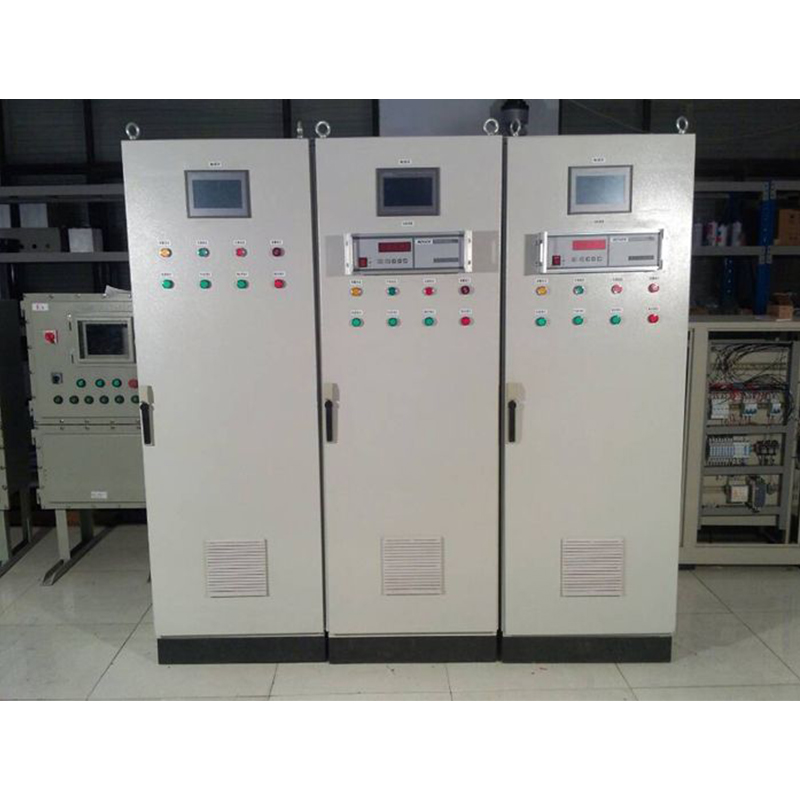
Nov . 17, 2024 21:58
Back to list
Essential Equipment for Liquefied Petroleum Gas Storage and Distribution
The Importance of Liquefied Petroleum Gas Equipment
Liquefied Petroleum Gas (LPG) is a vital energy source that is widely used in various sectors such as residential, commercial, industrial, and agricultural applications. The equipment used in the LPG sector plays a significant role in ensuring safety, efficiency, and performance. In this article, we will explore the various types of LPG equipment, their importance, and the advancements in technology that enhance their efficacy.
Types of LPG Equipment
LPG equipment can be categorized into several groups based on their applications. The most common types include
1. Storage Tanks LPG is typically stored in specialized tanks designed to handle the pressure and temperature fluctuations associated with liquefied gases. These tanks are available in various sizes and configurations, including above-ground and underground models.
2. Piping and Distribution Systems Safe and efficient transportation of LPG from storage tanks to end-users requires high-quality piping materials that can withstand the pressure and prevent leaks. Distribution systems include valves, regulators, and meters to monitor and control the flow of gas.
3. Burners and Heaters LPG burners and heaters are essential for cooking and heating applications. They are designed to provide efficient combustion, offering users convenience and cost savings while minimizing environmental impact.
4. Pressure Regulators These devices maintain a consistent output pressure from the stored LPG, ensuring that appliances receive a steady gas supply. Proper regulation is crucial for the safety and efficiency of LPG systems.
.
Importance of LPG Equipment
معدات غاز البترول المسال

The correct functioning of LPG equipment is critical for several reasons
- Safety The primary concern with LPG usage is safety. Adequate and well-maintained equipment minimizes risks associated with leaks, explosions, and other hazards.
- Efficiency Advanced LPG equipment is designed to maximize energy utilization, thereby reducing wastage. This translates into cost savings for consumers and contributes to lower greenhouse gas emissions.
- Convenience Modern LPG appliances are often equipped with features that enhance user experience, such as automatic ignition and adjustable flame control. These conveniences make LPG a popular choice for cooking and heating.
- Environmental Impact With a lower carbon footprint than other fossil fuels, LPG is considered a cleaner energy option. However, the effectiveness of this advantage relies significantly on the quality of the equipment used in its handling and consumption.
Technological Advancements
The LPG sector has witnessed numerous technological advancements in recent years. Innovations such as smart meters, which provide real-time data on gas consumption, and IoT-enabled monitoring systems that enhance safety and efficiency, are becoming increasingly popular. These technologies not only improve the performance of LPG systems but also allow for more effective management of energy resources.
Conclusion
In conclusion, LPG equipment is essential for ensuring the safe, efficient, and convenient use of liquefied petroleum gas across various applications. As technology continues to evolve, the LPG sector is likely to see further improvements in equipment performance and safety. Investing in high-quality LPG equipment and adhering to safety regulations can lead to substantial benefits for consumers and the environment alike, making LPG an attractive energy solution for the future.
Latest news
-
Safety Valve Spring-Loaded Design Overpressure ProtectionNewsJul.25,2025
-
Precision Voltage Regulator AC5 Accuracy Grade PerformanceNewsJul.25,2025
-
Natural Gas Pressure Regulating Skid Industrial Pipeline ApplicationsNewsJul.25,2025
-
Natural Gas Filter Stainless Steel Mesh Element DesignNewsJul.25,2025
-
Gas Pressure Regulator Valve Direct-Acting Spring-Loaded DesignNewsJul.25,2025
-
Decompression Equipment Multi-Stage Heat Exchange System DesignNewsJul.25,2025

